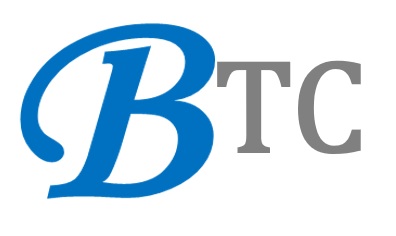
Leaders and owners have heard this advice play out like a broken record: you must master your communication skills. It simply can’t be overlooked if we are to grow ourselves as leaders and our businesses.
And while that’s all fine and dandy, few leaders truly understand or know what the practice of effective leadership communication actually looks like.
As part of my servant leadership development course, I teach leaders four very important communication strategies that will bring real results.
1. Share information
Be transparent in sharing company information to foster trust and accountability across the enterprise. By being open and honest with everyone about both the good news and the bad news helps ensure people that their work and role are valued.
Leaders at Bridgewater Associates, the investment management firm founded by Ray Dalio, record every meeting and make them available to all employees. This open communication vehicle is a learning tool that illustrates how decisions are made and encourages more precise thinking and communication that reduces politicking.
2. Embrace conflict
Poor communication can cost businesses countless hours of lost productivity to employees and bosses scrambling to do “damage control” and fix a problem that may have been avoided with good communication habits. So what’s that one good habit that nobody seems to want to practice as critical to solving conflict? Embrace conflict.
It’s human of us to want to avoid confrontation — it’s uncomfortable, awkward, and painful. It’s also absolutely necessary. While conflict is inevitable, it’s also preventable and avoidable if we choose the pathway to healthy confrontation.
The reality is that confrontation is often the quickest route to cut through the drama, set clear expectations with intention, and have a positive outcome. It just takes intestinal fortitude and a good attitude on your way to the promised land.
3. Communicate to each other’s style
Even if you believe now that you’re a good communicator, chances are you’ve run into situations where no matter how clear the message, there’s a disconnect with the other person. It could be that you don’t understand how to properly communicate to another person’s personality type–that person’s unique and innate way of receiving the message.
One of the biggest causes of conflict is due to two people operating from different ways they view the world, stemming from different typological orientations. With our differing personality types, we often miss communicating on the same frequency.
Therein lies the problem: We are not naturally wired to communicate to each other’s style. When you add to the mix generational, cultural, and gender differences of expressions and how each person thinks and feels, things can get messy, and fast.
The good news is that anyone can learn and adapt to the communication styles of other people in order to work better with them.
Since it’s been found that diverse teams have unique individual strengths, it would be in your best interest to get to know each others’ communication styles for optimum collaboration.
4. Communicate with your ears
Effective communication isn’t just about talking; effective leaders listen intuitively to the other person’s story, ask questions, and search conversations for depth, meaning, and understanding.
Your intent is to put the focus on the other person and be aware of their thoughts and feelings. It is a genuine expression of your desire to give and serve others. When you do, other people feel safe in your presence and you develop trust.
This takes the skill of being “present” in the moment. Meaning, you cease having the need to talk over others to get your point across, which works to your advantage. When you listen — truly listen — you hear peoples’ anxieties and fears but also great ideas and the solution to problems.
This post is written by Marcel Schwantes.
Original post link: https://www.inc.com/marcel-schwantes/4-habits-that-describe-what-great-communication-looks-like.html

